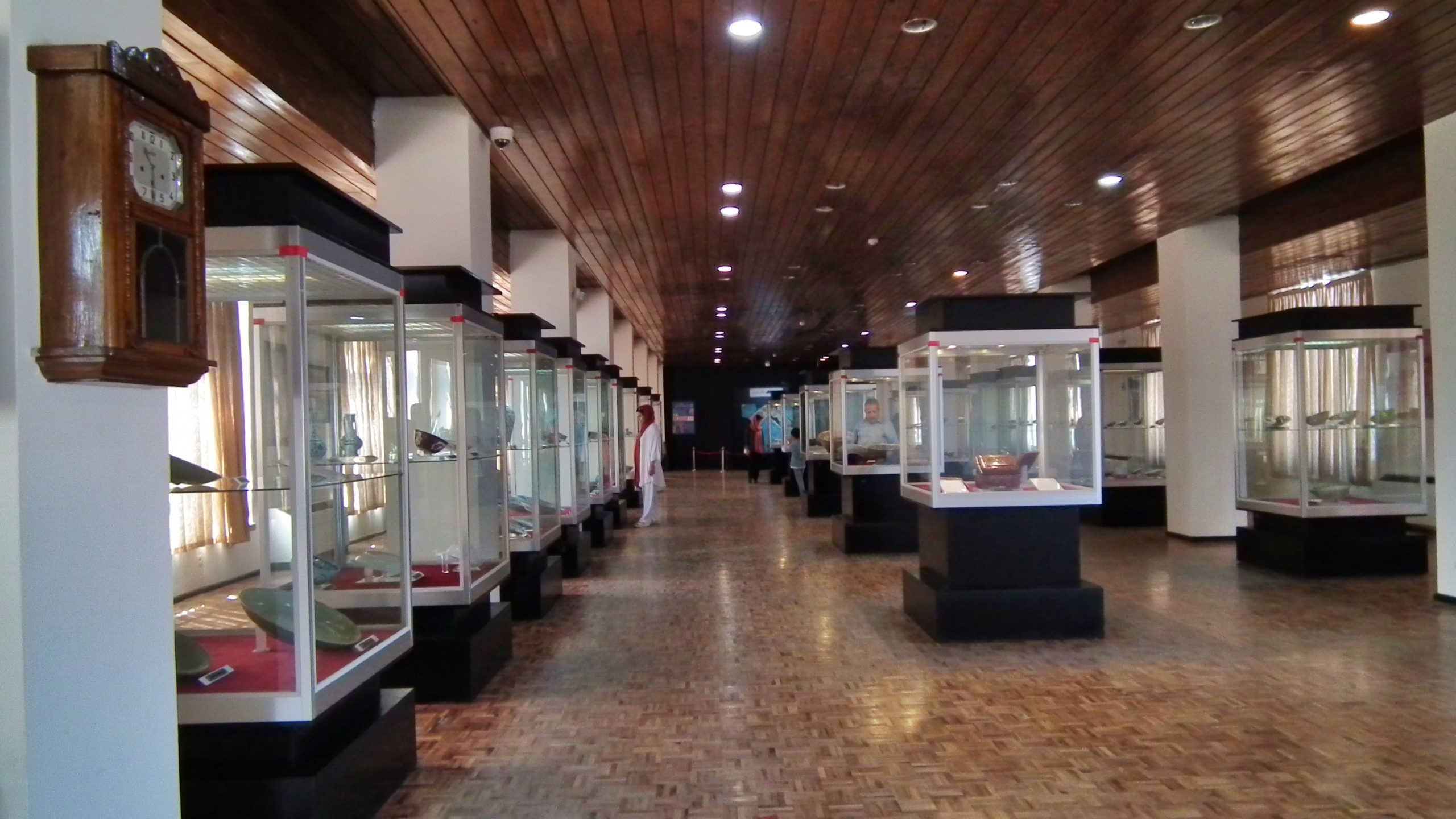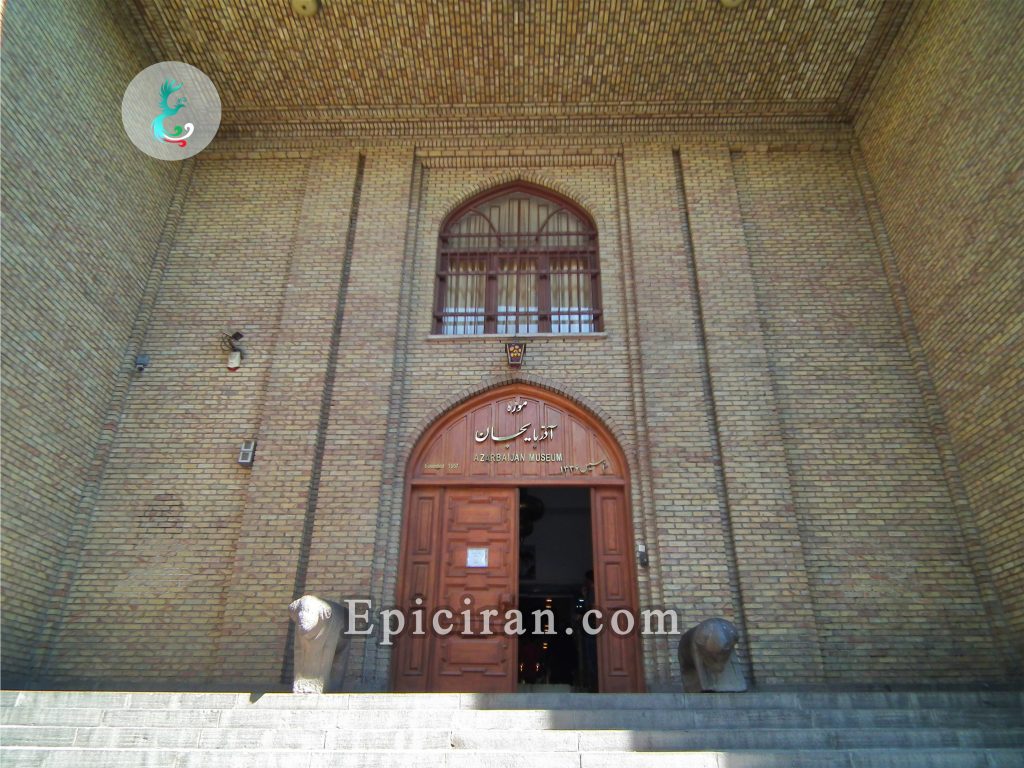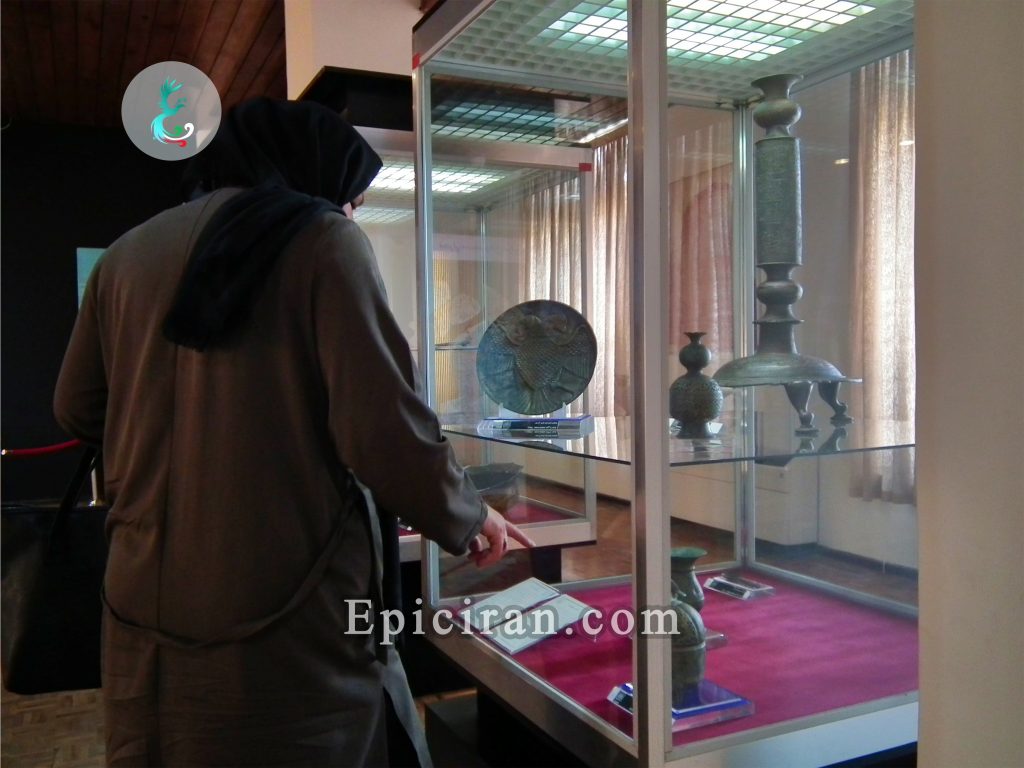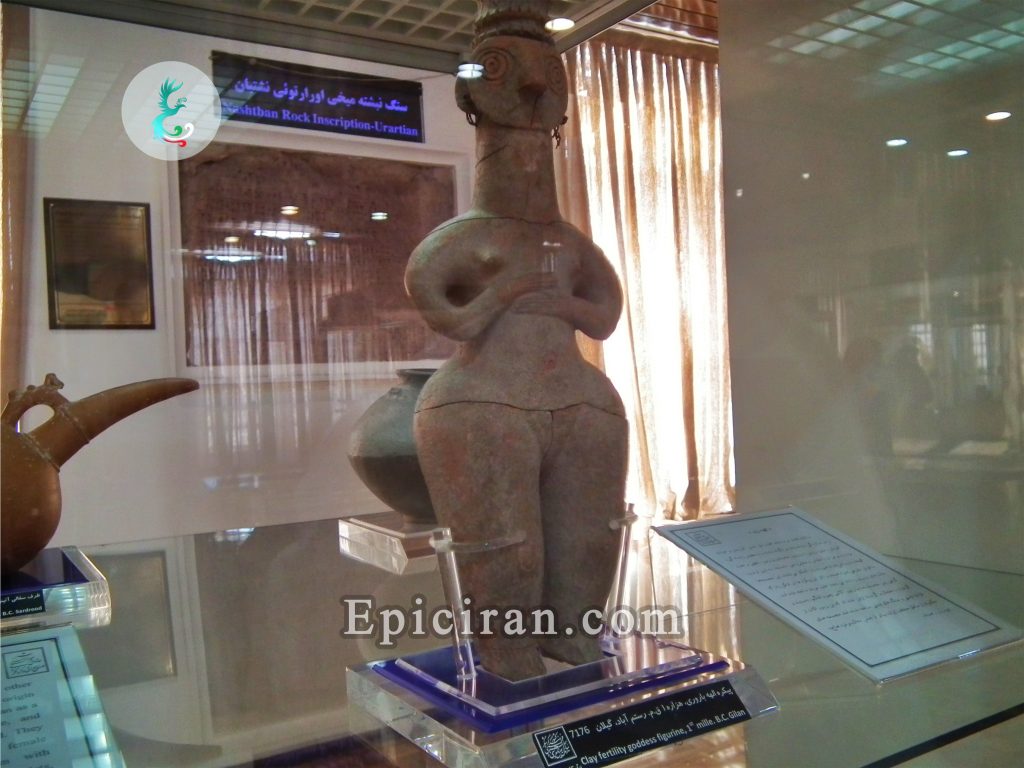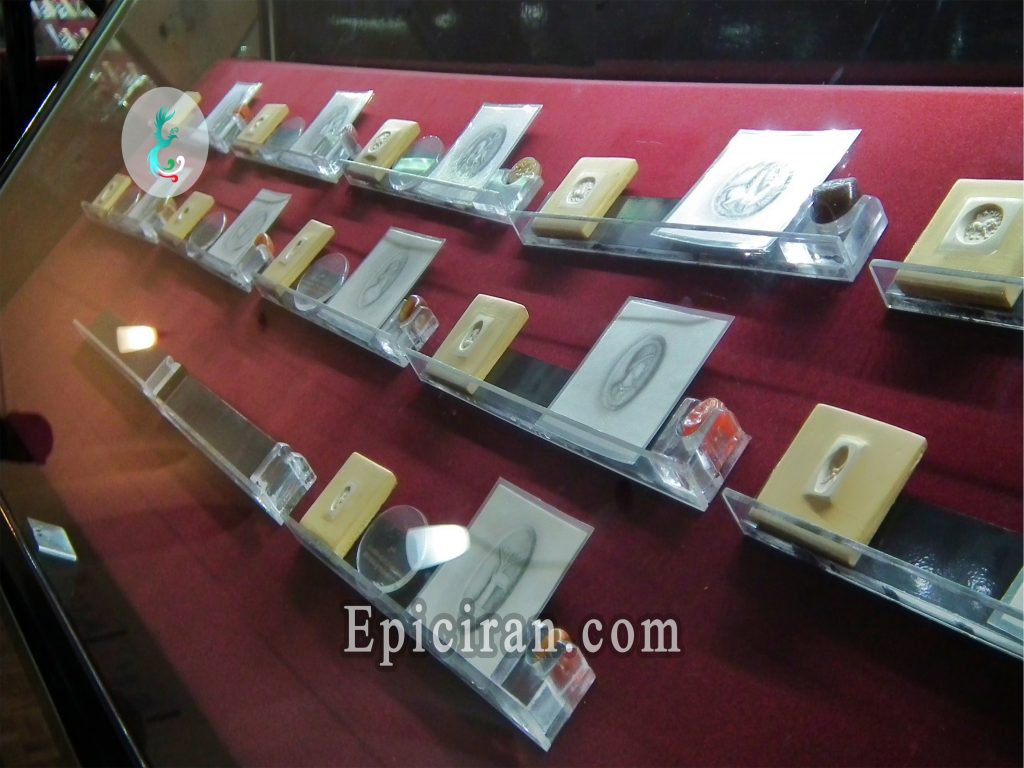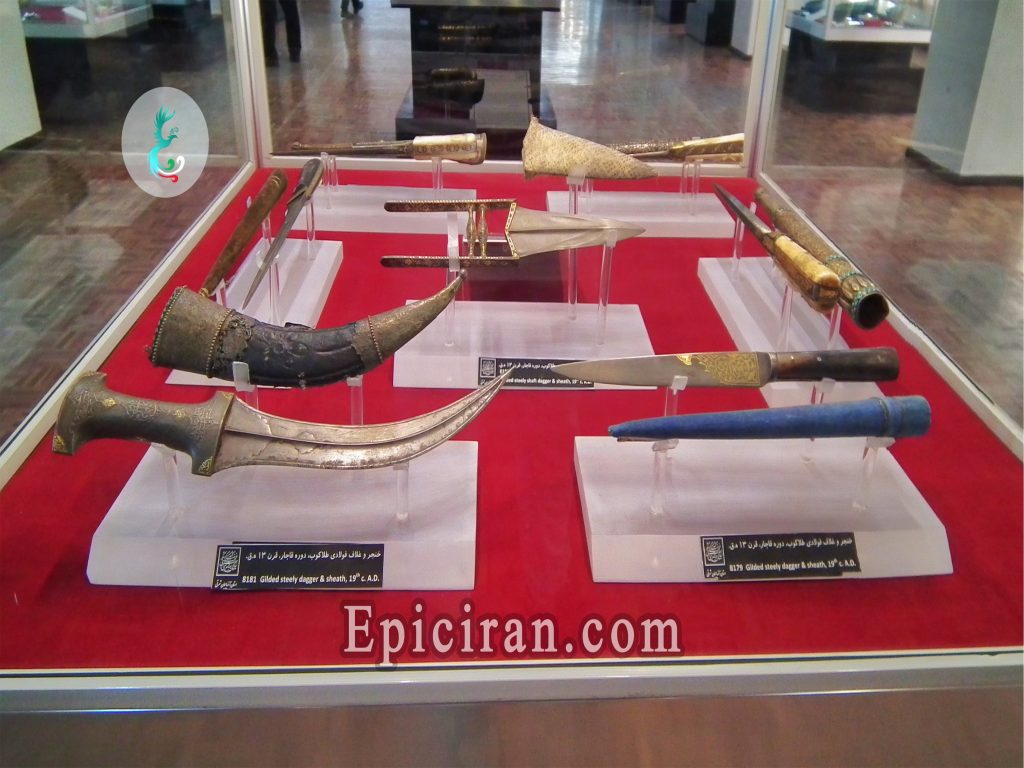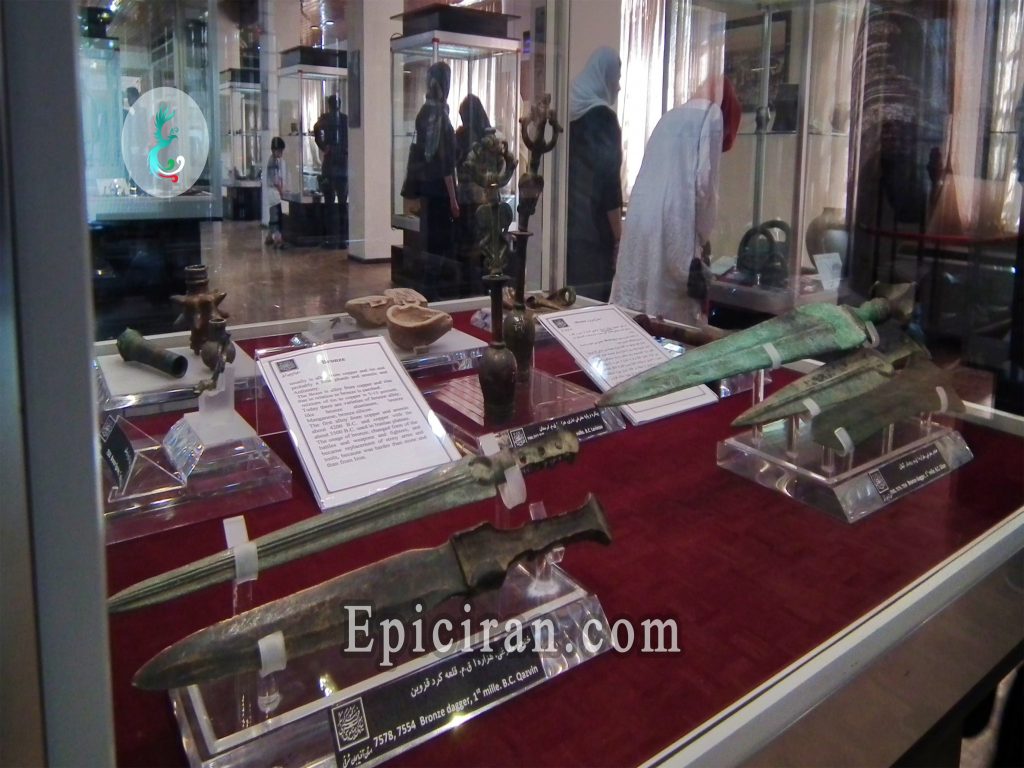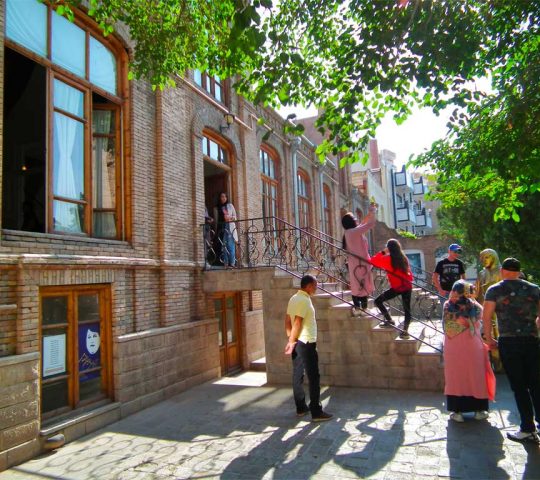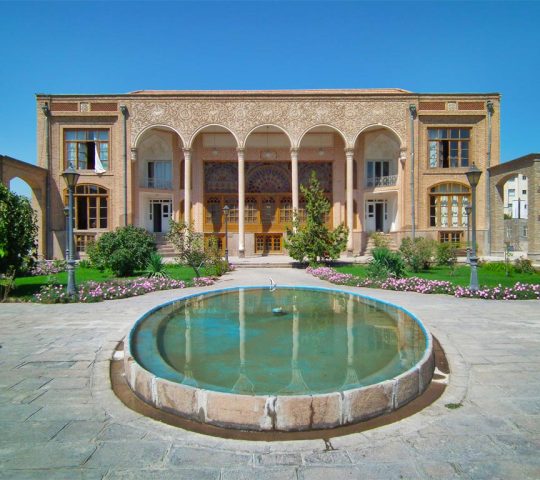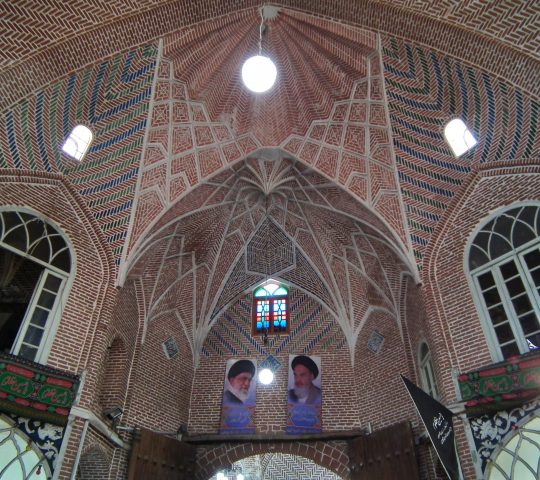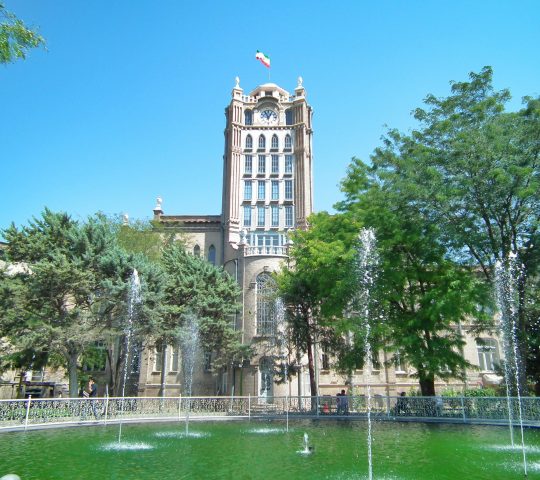After the Museum of Ancient Iran in Tehran, the Azerbaijan Museum is ranked second in the Top Archaeological Museums. The history of this museum dates back to more than 40 years ago when the cultural leaders of the city of Tabriz decided to establish a museum to preserve the antique and historic objects discovered around the city. They invited André Godard, a famous French orientalist who was working in Iran and had designed the building of the Museum of Ancient Iran, to go to Tabriz and construct the Archeological Museum of Azerbaijan. That was how this two-story museum was inaugurated in 1959 A.D.
The Ground Floor
On this floor, the works of the pre-Islamic period of Iran are preserved. The objects preserved on this floor include the statues and rhytons which belong to 2-3 thousand years ago and Sasanian, Achaemenid, and Parthian periods.
The First Floor
The first floor of the Azerbaijan Museum consists of three parts: the library, coin section, and post-Islamic period hall. On this floor, there is a collection of coins from the Achaemenid to the Qajar period, which is one of the most complete collections of gold coins in Iran. The museum library is relatively small containing about 3,000 books.
The Basement
The basement of the museum is dedicated to the exhibition of sculptures made by one of the most famous sculptors in Tabriz, which refers to the history of man from the past to the present. Recently, a new section called the Petroglyph section has been created in the Museum of Azerbaijan, where historical valuable stones are kept.
Azerbaijan Museum is surrounded by tourist attractions such as The Blue Mosque and Iron Age Museum.

